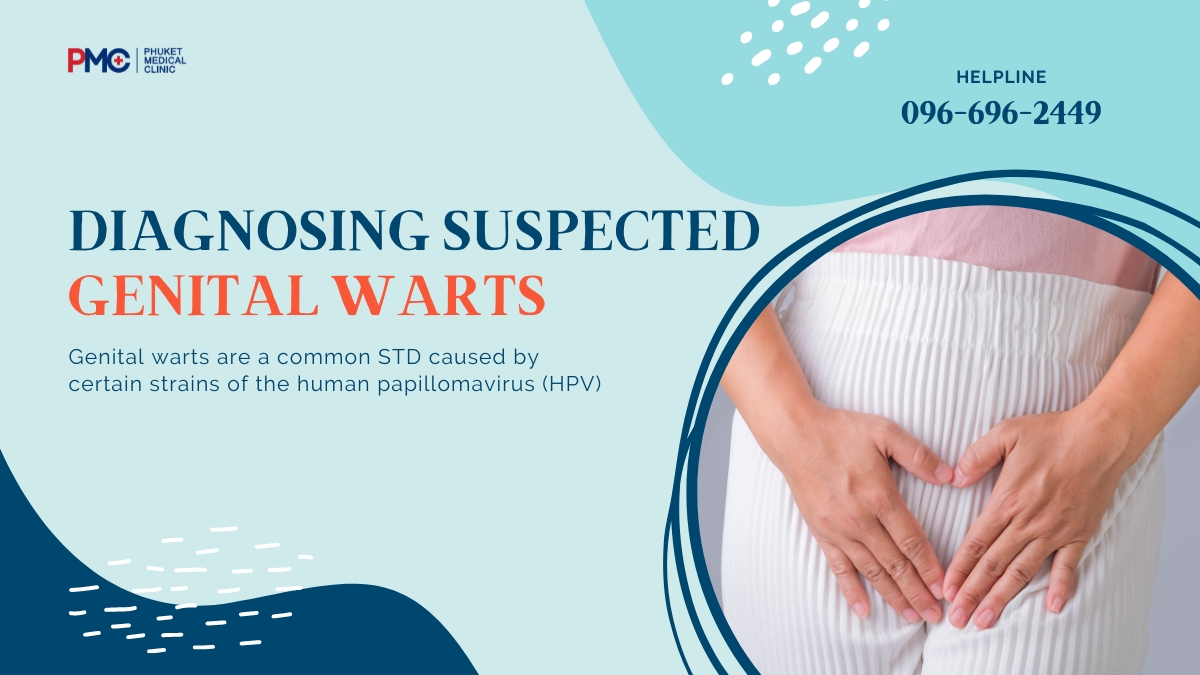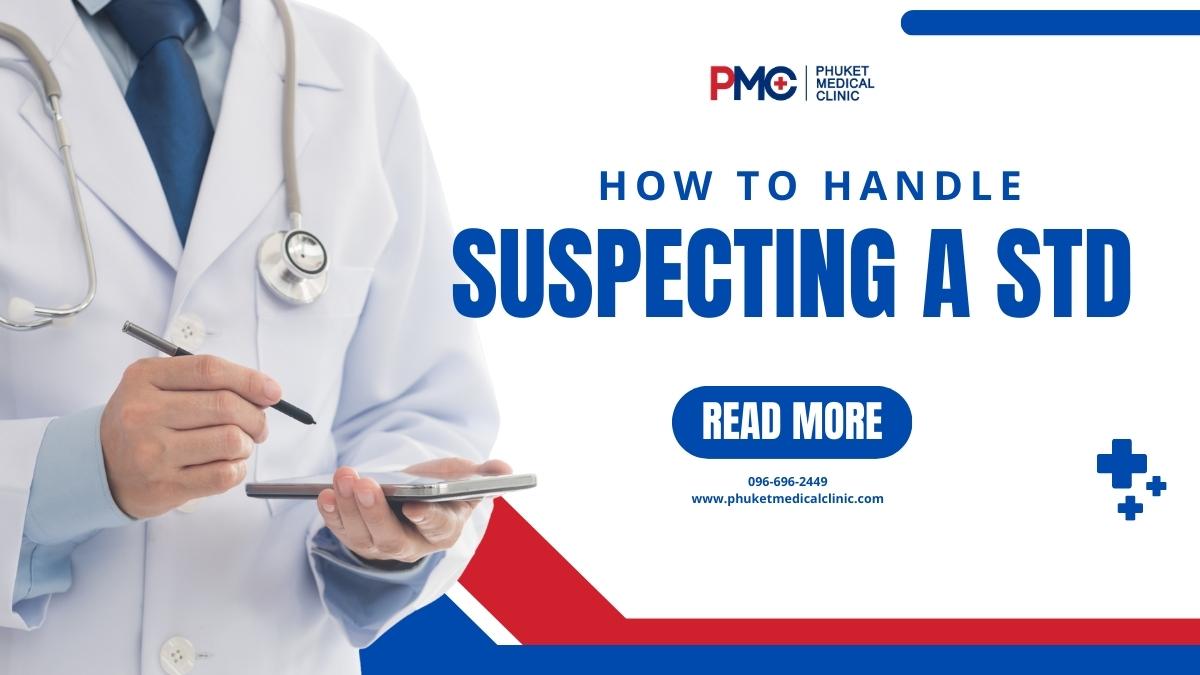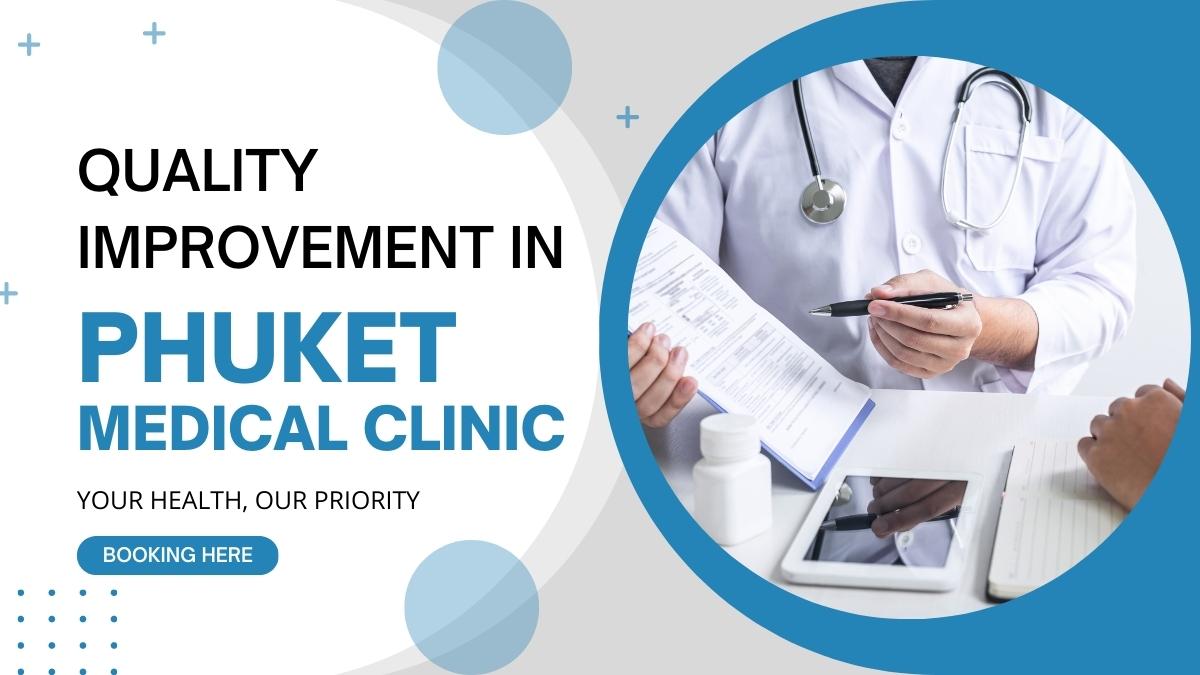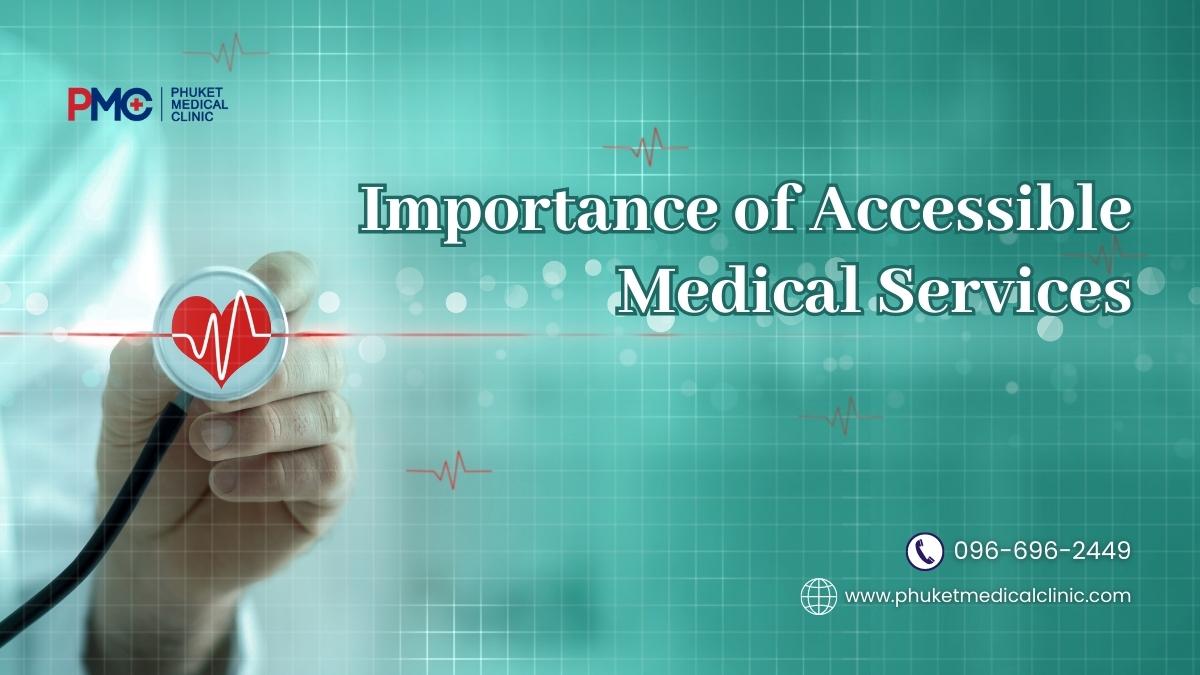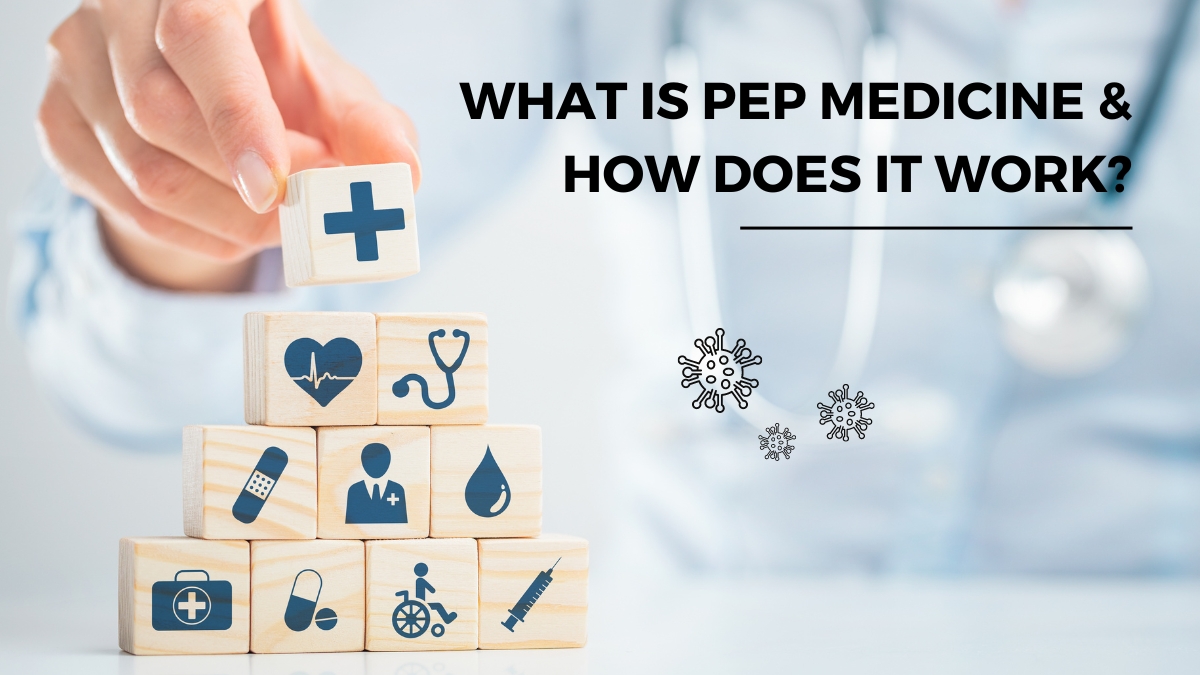Genital warts are a common sexually transmitted infection caused by certain strains of the human papillomavirus (HPV). These small, flesh-colored or grayish growths appear on the genital area and can cause discomfort, itching, and pain. Genital warts are highly contagious and can be transmitted through sexual contact. Early detection and treatment are crucial for managing the infection and reducing the risk of transmission. In some cases, genital warts may resolve on their own, but medical intervention is often required. Effective prevention methods, such as vaccination and practicing safe sex, can significantly reduce the risk of contracting genital warts. Regular screenings and open communication with healthcare professionals are essential for timely diagnosis and appropriate management.
How to Handle Suspecting a STD?
Early detection STD and treatment are paramount in improving health outcomes and saving lives. Detecting medical conditions at an early stage allows for timely intervention, preventing the progression of diseases and minimizing potential complications. This approach significantly increases the effectiveness of treatments, reducing the need for more invasive and costly procedures later on. Additionally, early detection often provides a broader range of treatment options, enhancing the likelihood of successful outcomes. Prioritizing early detection empowers individuals to take proactive control of their health, promoting a healthier population overall and easing the burden on healthcare systems. Ultimately, it underscores the fundamental principle that prevention is better than cure.
How to Identify Individuals at Risk of HIV Infection
Identifying individuals at risk of HIV infection plays a vital role in combating the spread of the virus and ensuring effective prevention strategies. HIV, or Human Immunodeficiency Virus, is a global public health concern that affects millions of people worldwide. By understanding the key indicators and behaviors associated with higher risk, healthcare professionals, policymakers, and communities can target interventions and allocate resources where they are most needed. Early identification allows for timely education, testing, and counseling, empowering individuals to make informed decisions about their sexual health and adopt preventive measures. Moreover, identifying populations at higher risk helps tailor outreach efforts, implement targeted prevention strategies, and reduce the overall burden of HIV. In this article, we will delve into the various risk factors, key populations, and behavioral indicators that can help identify those at risk of HIV infection, ultimately working towards a world free of HIV/AIDS.
How do you treat a Genital Abscess ?
A genital abscess refers to a localized collection of pus in the genital area, typically resulting from an infection. It can occur in both males and females and may affect various structures such as the vagina, vulva, penis, scrotum, or perineum. Genital abscesses are commonly caused by bacterial infections, often arising from sexually transmitted infections (STIs) like gonorrhea, chlamydia, or syphilis. Other factors that can contribute to the development of genital abscesses include poor hygiene, compromised immune system, injury or trauma to the genital region, blocked sweat glands, or the presence of foreign objects. Symptoms may include pain, swelling, redness, tenderness, discharge, and fever. Prompt medical attention is necessary for diagnosis, treatment, and prevention of complications.
What is Chlamydia & Gonorrhea?
Chlamydia and gonorrhea are two common sexually transmitted infections (STIs) that affect millions of people worldwide. Chlamydia is caused by the bacterium Chlamydia trachomatis, while gonorrhea is caused by the bacterium Neisseria gonorrhoeae. Both infections can be transmitted through vaginal, anal, or oral sex, as well as from an infected mother to her newborn during childbirth. Chlamydia and gonorrhea often show no symptoms or present mild symptoms, which can lead to delayed diagnosis and increased risk of complications. If left untreated, these infections can result in serious health problems, such as pelvic inflammatory disease, infertility, and increased susceptibility to HIV infection. Diagnosis is usually done through laboratory tests, and both infections can be treated with antibiotics. Preventive measures, such as practicing safe sex and regular testing, are crucial in controlling the spread of these STIs.
Symptoms of HPV in Men and Women
Human papillomavirus (HPV) is a highly prevalent sexually transmitted infection affecting both men and women. It is one of the most common viral infections globally. HPV infections are primarily transmitted through sexual contact, including vaginal, anal, and oral sex. The prevalence of HPV varies across different populations and age groups. In many cases, the infection resolves on its own without causing any symptoms or complications. However, persistent HPV infections can lead to various health issues, including genital warts and certain types of cancers, such as cervical, anal, and oropharyngeal cancer. Vaccination against HPV has been proven to be effective in reducing the incidence of HPV-related diseases, highlighting the importance of prevention and early detection. Regular screenings and safe sexual practices are crucial in managing the prevalence of HPV in both men and women.
Quality Improvement in Phuket Medical Clinic
Phuket Medical Clinic is dedicated to elevating healthcare services, placing the utmost importance on patient satisfaction and well-being. With a focus on continuous quality improvement, the clinic aims to provide exceptional medical care in the stunning destination of Phuket, Thailand. By embracing innovative approaches, integrating advanced technology, and investing in staff training and development, Phuket Medical Clinic ensures personalized care and attention for each patient. The clinic actively seeks patient feedback, streamlines processes through electronic health records, and utilizes cutting-edge imaging technology for accurate diagnoses. With collaborations with international experts and a steadfast commitment to safety and hygiene, Phuket Medical Clinic strives to deliver world-class healthcare services that meet and exceed industry standards.
Importance of Accessible Medical Services
Accessible medical services refer to healthcare facilities, resources, and treatments that are readily available and easily reached by individuals in need. It encompasses various aspects of healthcare, including physical accessibility, financial affordability, cultural sensitivity, and linguistic inclusivity. Accessible healthcare services aim to ensure that individuals, regardless of their socioeconomic background, geographic location, or personal circumstances, can obtain timely and appropriate healthcare. This includes primary care, specialized medical treatments, preventive services, diagnostic procedures, medications, and allied healthcare support. Accessible healthcare services play a vital role in promoting health equity, reducing health disparities, and improving overall population health outcomes. By breaking down barriers to healthcare access, these services empower individuals to seek necessary care, receive early interventions, and achieve optimal health and well-being.
How to Access to PEP (Post-Exposure Prophylaxis)
Access to PEP (Post-Exposure Prophylaxis) medicine is crucial for preventing HIV infection after potential exposure. To obtain PEP, follow these steps. Firstly, seek immediate medical attention by visiting an emergency room or a healthcare provider experienced in HIV care. Explain the circumstances of the exposure and request PEP treatment. If possible, bring any relevant information, such as the time of exposure. The healthcare provider will assess the risk and prescribe a 28-day course of PEP medication. It is essential to start PEP as soon as possible, ideally within 72 hours of exposure. Ensure regular follow-up appointments for monitoring and evaluation. If financial concerns arise, inquire about financial assistance programs or contact local HIV/AIDS organizations for support. Remember, timely access to PEP medicine is critical for its effectiveness in preventing HIV transmission.
What is PEP Medicine & How Does It Work?
Understanding the role of PEP Medicine in preventing HIV infection is of paramount importance in today’s world. HIV remains a significant global health concern, and proactive measures like PEP can make a substantial difference. PEP medicine offers a critical opportunity for individuals who may have been exposed to HIV to take immediate action and reduce their risk of infection. By gaining knowledge about what PEP is and how it works, individuals can make informed decisions about their sexual health and seek appropriate medical assistance in a timely manner. Empowering people with information about PEP medicine helps promote awareness, encourages proactive behavior, and ultimately contributes to the overall efforts in preventing the spread of HIV infection.

